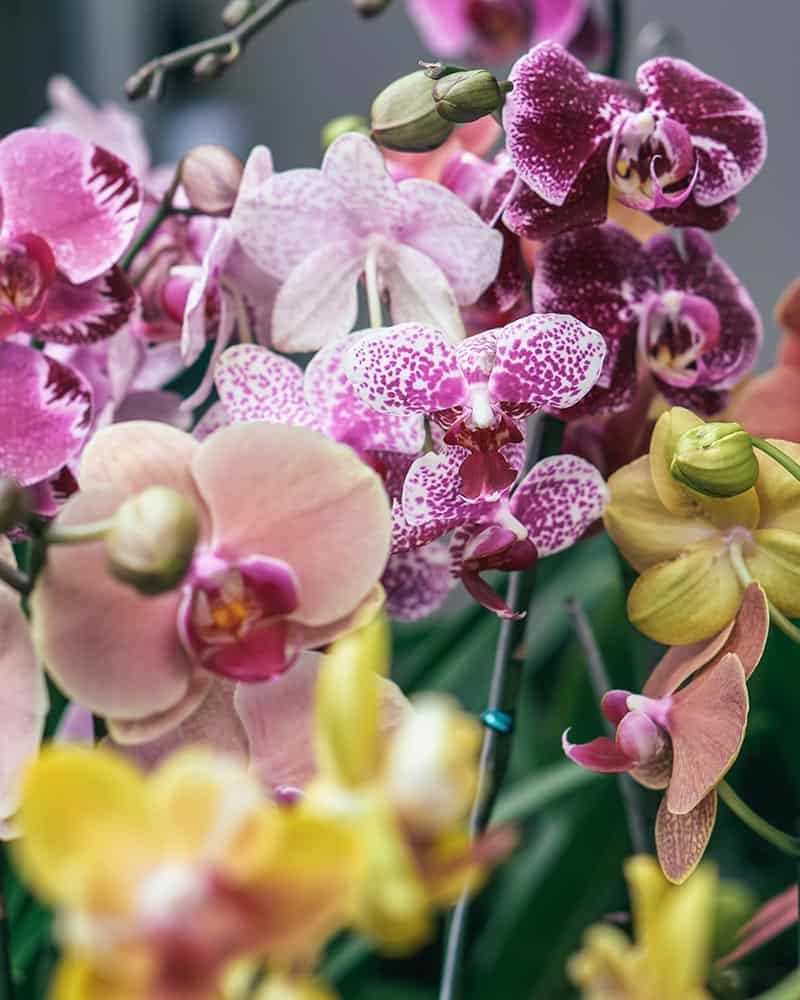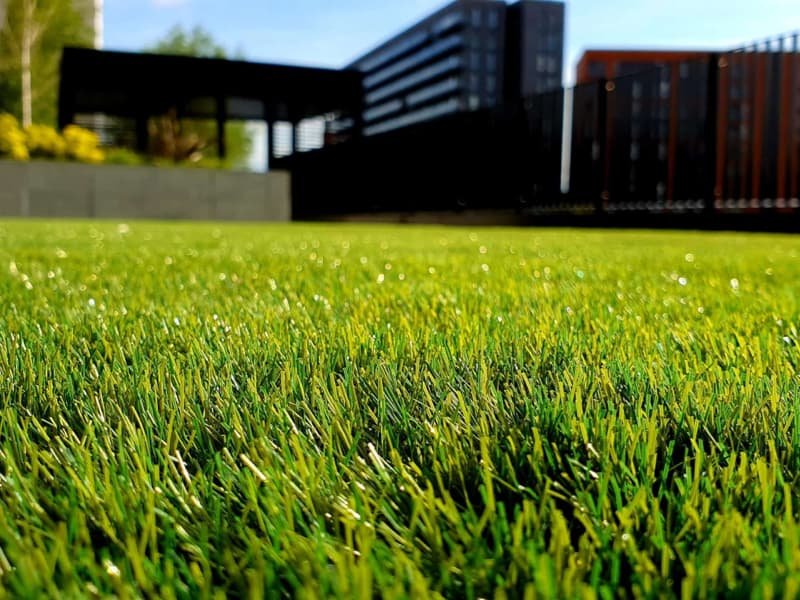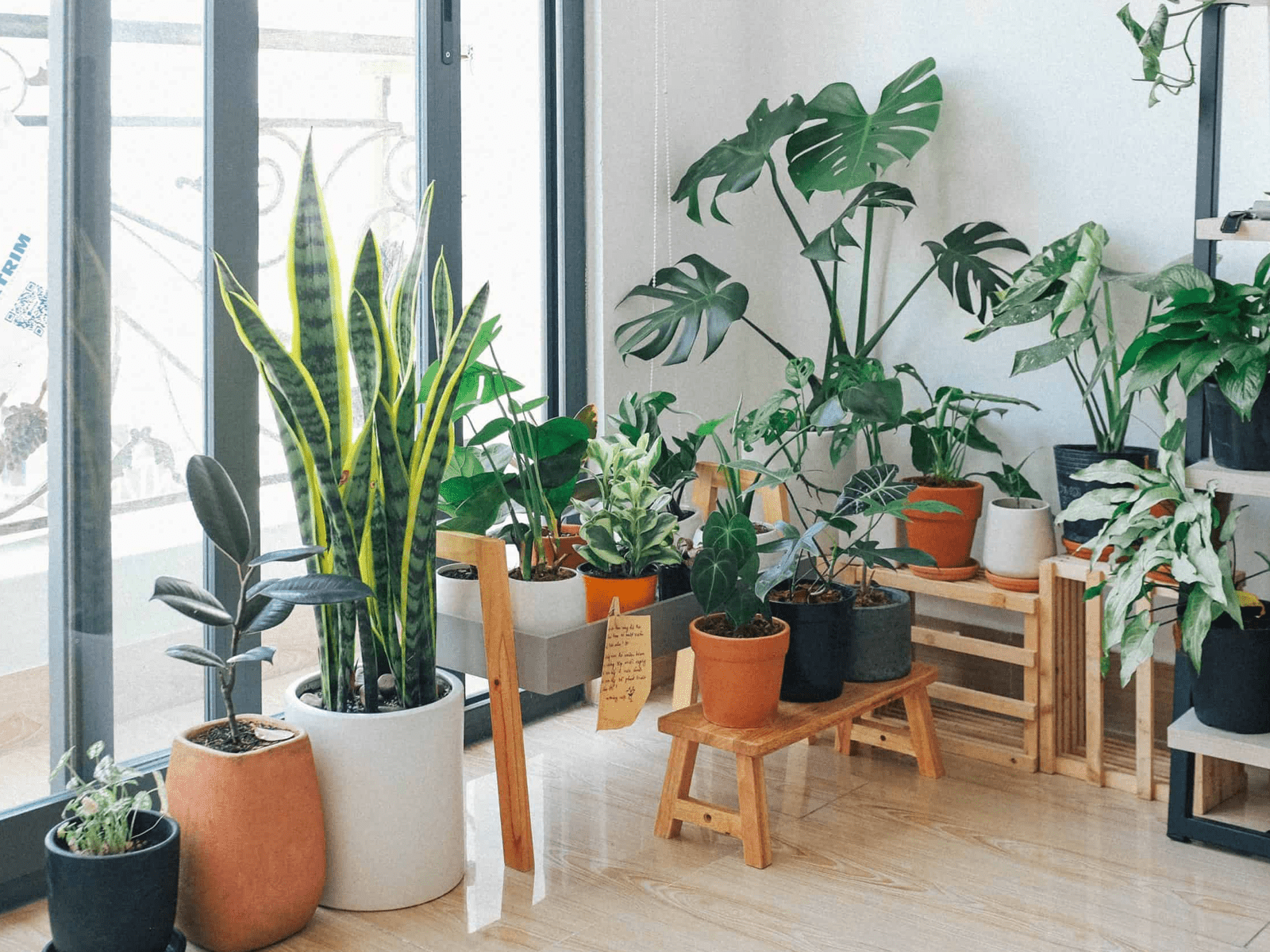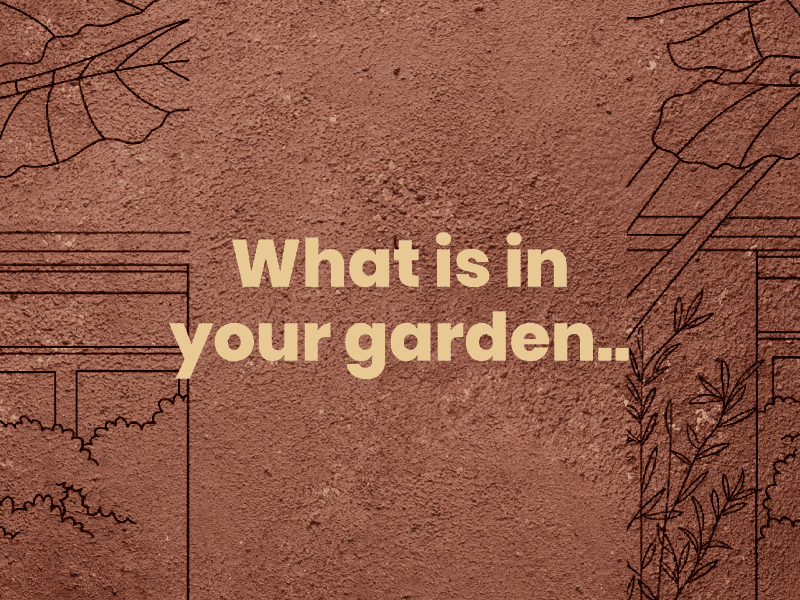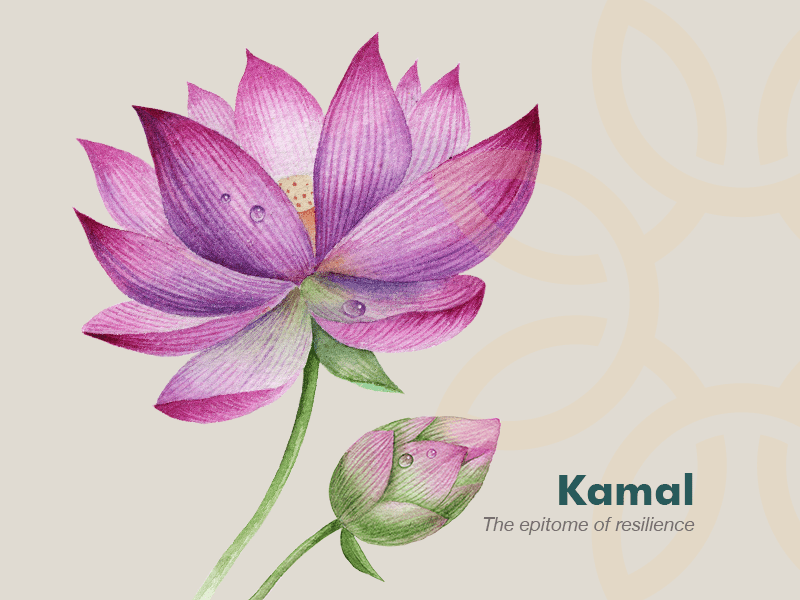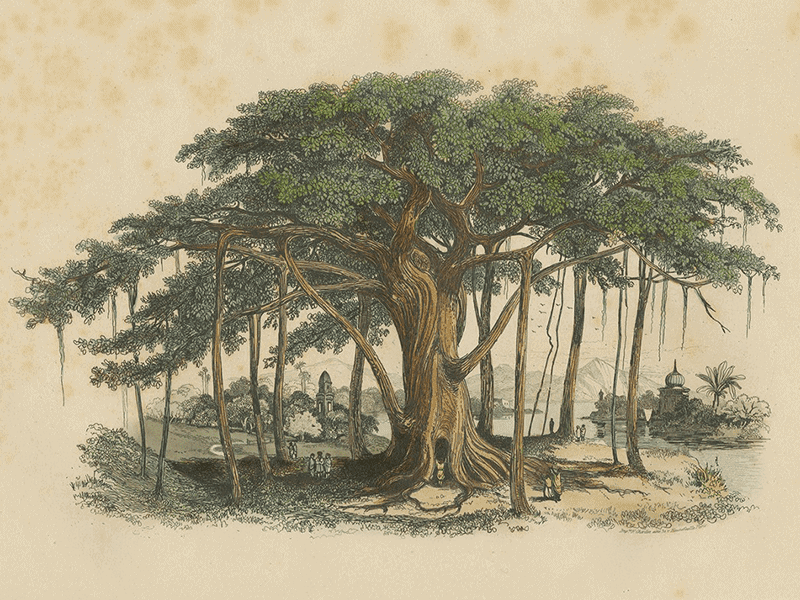

While creating or enhancing a garden, one must consider its fundamentals and design principles.
The term garden refers to an area where plants are grown or cultivated for a specific purpose. Public parks, lawns, backyards, any such spaces were traditionally created for public enjoyment or personal use. While different gardens served different purposes, there was one shared aspect amongst them – beauty and aesthetics.
In this quest to make gardens beautiful, plants are being imported, often cultivated from different regions, sometimes countries. Such plants are called exotic plants. Foliage, flowering, fruiting, ornamental – all kinds of plants made way into the world of gardening. While it did serve its primary purpose of providing picturesque spaces to people, triggering a chain of adverse reactions


Foreign or exotic plants that are cultivated or introduced somewhere else often become invasive in a foreign land and environment. Such invasion wipes off the native plants and local habitats with speed. When exotic plants outnumber native plants, it affects the biodiversity as the birds, bees, insects, don’t find them conducive for survival.
Their survival has a direct impact on our lives too with our food-chain being impacted among other aspects. To maintain such exotic gardens, one needs to adopt modern technology and products such as fertilizers, pesticides, insecticides, artificial light, water conditions et al. The cost of creating such ‘beautiful’ gardens is not only borne by the ecosystem but also our treasuries eventually.
On the other hand, gardens that embrace local, indigenous plants require negligible human assistance to thrive. Just like a natural forest.
Five factors why native gardens are self-sustaining because:
Five factors why native gardens are self-sustaining because:
Making conscious choices can lay a root-solid fundamental for your garden whether it is as small as your window or as large as your farm.
Next in this series: How sustainable gardening can help reduce negative impact on our environment

